Resource Centre
Discover a wealth of knowledge and insights from the experts at StarFish Medical. Our Resource Centre offers product development tips, reviews of new and cutting-edge technologies, and in-depth articles on regulatory updates and compliance in medical device development.
-
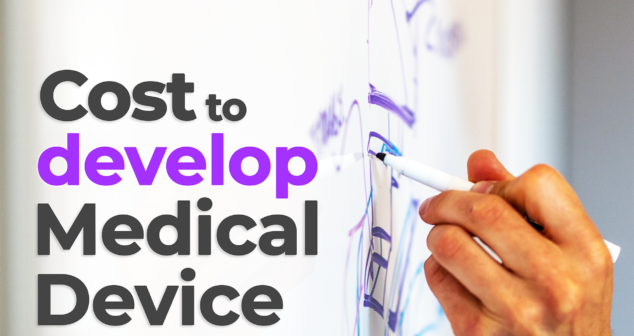
What are the real costs of developing a medical device? In this episode of Bio Break, Nick and Joris dive into one of the most frequently asked questions they hear from clients: How much does it cost to develop a medical device?
-
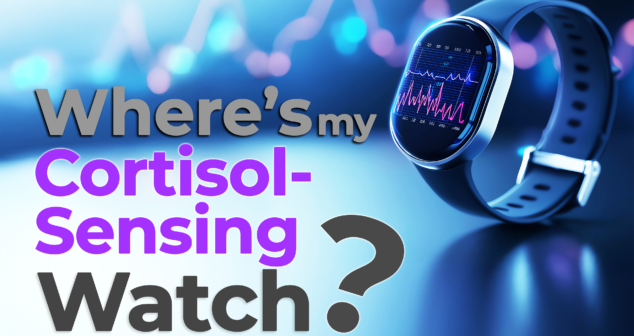
Nick and Joris tackle a question many tech and health enthusiasts have wondered for years: Where is my cortisol-sensing smartwatch? Nick shares a nostalgic story of reading about futuristic wearable technology in Popular Mechanics as a child — devices that would one day monitor biomarkers like cortisol to track stress and overall health. Now, decades later, he and Joris break down why such a wearable device still hasn't become a reality.
-
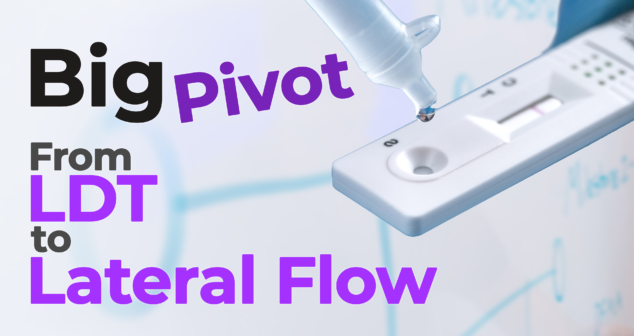
In the world of medical device development, unexpected challenges often lead to critical product pivots. In this episode of Bio Break, Nick and Joris discuss one of the most dramatic pivots they've encountered—transforming a lab-developed test (LDT) into a lateral flow assay to expand its market reach.
-
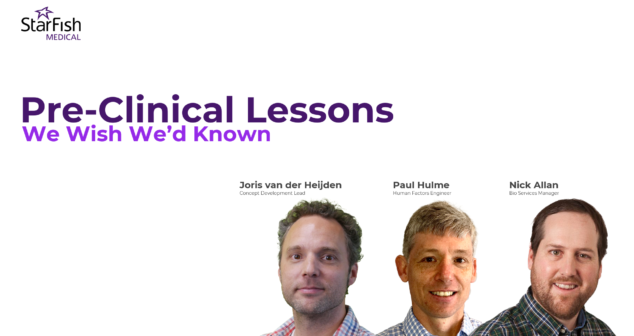
Pre-clinical studies and early-stage trials are some of the most challenging — and expensive — milestones in medical device development. Yet, many teams encounter avoidable setbacks that could have been prevented with strategic foresight and practical lessons learned from experience.
-
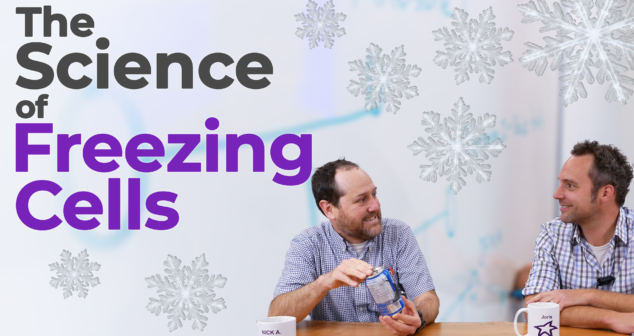
Cryopreservation is essential in biological research, regenerative medicine, and stem cell therapies. But freezing biological materials isn’t as simple as placing them in a freezer. Nick and Joris dive into this fascinating process in this episode of Bio Break, using a real-world example—Nick’s frozen beverage can, which burst due to water expansion.
-
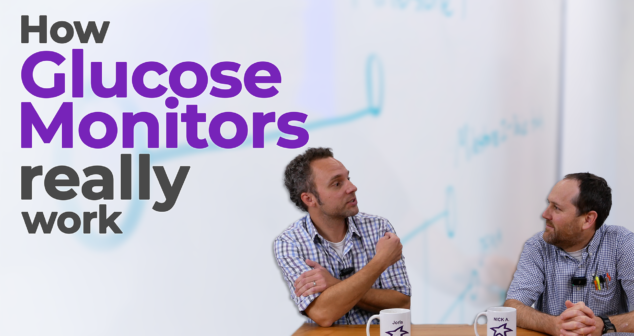
Continuous glucose monitors (CGMs) are revolutionizing how people track blood sugar levels in real time. But how do they work, and where exactly do they measure glucose? Nick and Joris explore the science behind CGMs, explaining the difference between blood glucose monitoring and interstitial fluid measurement.
-
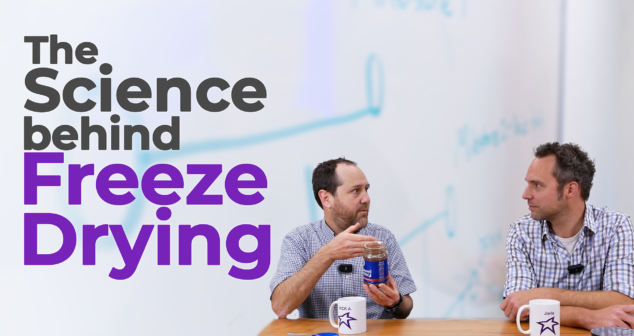
Nick and Joris dive into the fascinating world of freeze-drying, exploring how this process extends shelf life and maintains the integrity of various products—including reagents used in in vitro diagnostics and even instant coffee!
-
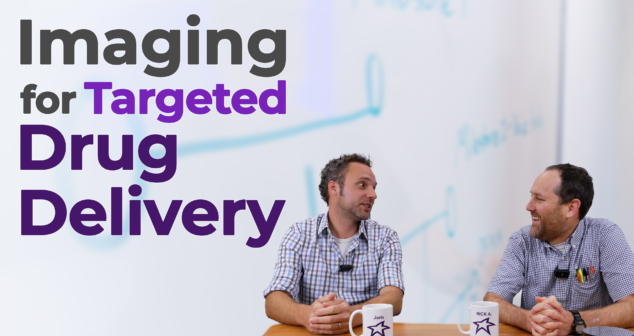
In this episode of Bio Break, Nick and Joris discuss the fascinating world of real-time imaging for targeted drug delivery. When delivering drugs to precise locations in the body, how do we ensure they reach the right spot? The answer lies in medical imaging technologies such as MRI, CT, and ultrasound, which play a crucial role in guiding complex drug delivery devices.
-
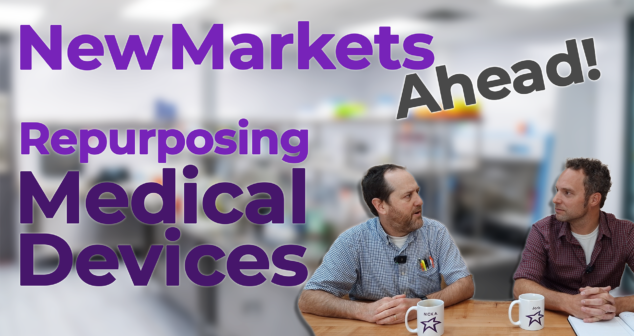
Nick and Joris explore the fascinating world of repurposing existing medical device technologies for new market sectors. As engineers and innovators, we often focus on creating brand-new solutions, but what about leveraging tried-and-true technologies to expand into untapped markets? This strategy not only opens doors to new revenue streams but also maximizes the potential of existing innovations.